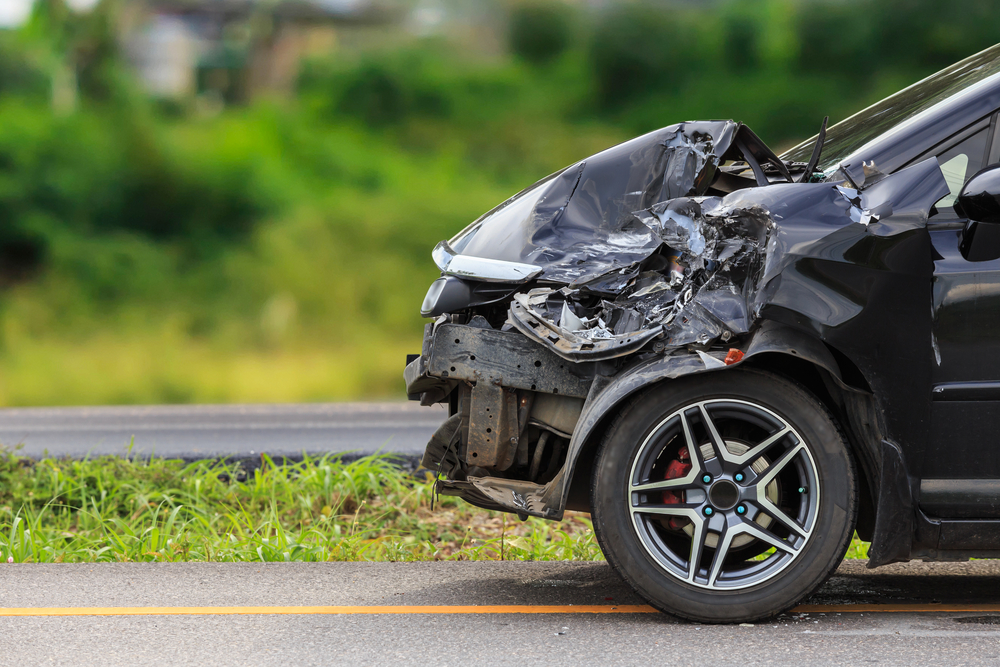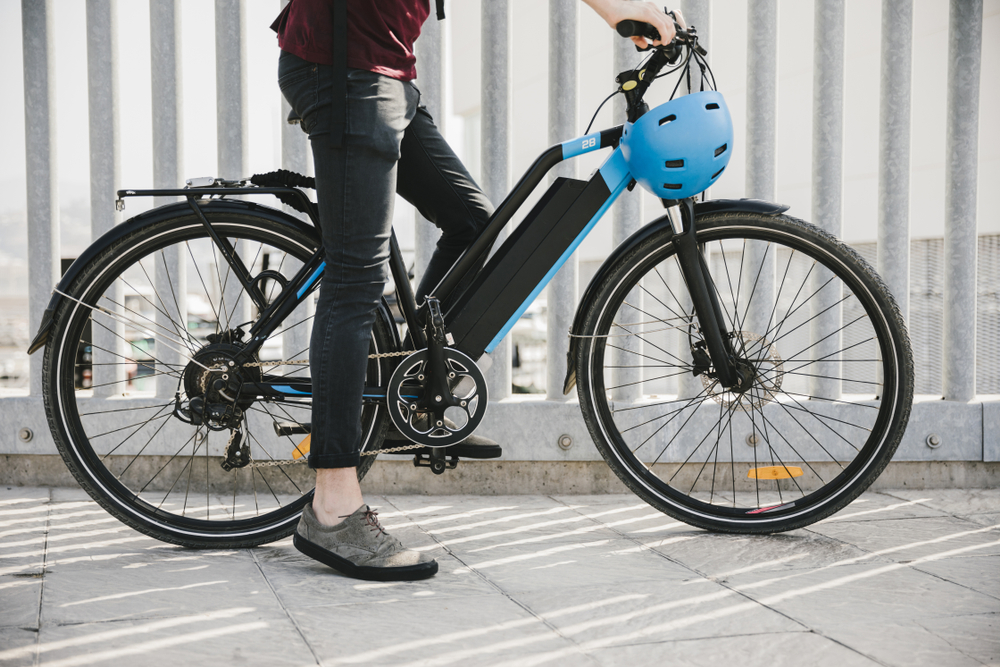Are you among the many Albertans debating regularly commuting by bicycle this winter? With gas prices higher than ever and filling up the pump causing a significant source of stress for families in Edmonton and Northern Alberta, many daily commuters have begun to consider new ways of saving, including parking their cars and using their bicycles as their main source of transportation when possible. Whether you’re a diehard cyclist that won’t be deterred by snow or a relatively new convert that’s thinking wallet-smart this year, there are a few things you need to know to make sure your winter ride is as safe as possible. Serious bicycle accidents have been rising in the past few years, making it even more pertinent to know how to stay safe while biking.
At James H. Brown and Associates, we’re here to support Albertans in dealing with injury law and the aftermath of the pain and suffering caused by serious accidents, including bicycle collisions. Below, we’ll cover some of the most important safety tips to remember when getting ready to commute by bike during winter. Read on to learn how you can keep yourself safe!
Have the Right Gear on Hand
Biking in the winter is no easy feat, and as any enthusiast will tell you if you’re not kitted out with the right gear, you will have a bad time. Canadian snowfall often requires more than your standard city or mountain bike tires. Upgrading to winter treaded tires is a great way to get extra traction, and you’ll also want to be aware that road salt and sand can take a toll on your bike frame, meaning you’ll want to keep a close eye on overall condition.. No matter what bike you use, ensure it is in top condition, that your tires are constantly monitored for pressure and traction issues, and that you stay on top of maintenance to prevent dangerous breakdowns while commuting.
Dress for the Weather
There’s no denying it; Albertan winters are cold. With winter 2023 projected to be a particularly long and cold stretch, it’s essential that cyclists dress appropriately to stay safe, maintain visibility, and reduce risk. Dress in layers that allow you to accommodate the ever-fluctuating temperatures and sudden snowfalls have hats, mitts, goggles and a good scarf on hand, and on days where the weather is particularly extreme, consider alternative transport for safety’s sake.
Know Your Route(s)
If you’re new to winter biking, it’s important to take extra time to review and memorize your routes. Even advanced cyclists can have difficulty navigating certain areas after a nasty dump of snow, and knowing exactly what you’ll face in ideal conditions, as well as potential risk factors, is vital for success. It’s also advisable to have a few different routes in mind, with your main commute ideally involving minimized exposure to major streets or intersections where possible. Riding next to vehicles always heightens risk; taking side streets and less populated routes is a great way to reduce danger and treat yourself to a scenic ride through a winter wonderland!
Watch the Weather
Albertans know just how fickle mother nature can be all year round, but winter certainly seems to take the prize where the unexpected is concerned. Commuters of all kinds should be aware of the weather on a daily basis, and cyclists need to be extra diligent to know what to expect in the coming days. Freezing rain, freeze/thaw cycles and blizzards can pose a significant danger to your commute. Knowing ahead of time gives you the chance to prepare, plan, and potentially even alter your transportation plans if necessary.
Leave Extra Time
Snow isn’t a friend to commuters, and when travelling by bike, you need to prepare for the fact that a colder ride can often take much longer due to snow and slush. To avoid feeling rushed and making poor judgment calls while you try to hurry, leave early and expect your commute to be a little slower than during warmer months.
Always Ride Cautiously
Finally, just like driving a car in winter, it’s always best to exercise extra caution and be fully engaged in what you’re doing at all times. Turn down your tunes, never bike while under the influence, and do everything you can to ride as carefully as possible during the winter. This is especially important for those needing to commute in urban centres, where you may need to cross major intersections and share the road with traffic. In such cases, it’s always best to err on the side of caution, give the right of way when needed, proceed only when you are sure vehicles are aware you are there and what your intentions are, and stick to designated lanes where possible. As with any accident, your best defence is prevention, and the biggest prevention tool you have is your awareness on the road.
What Should I do if I am Injured?
Sadly, sometimes even the best precautions aren’t enough to prevent accidents from happening. Car and cyclist-involved collisions are a consistent source of personal injury cases year-round, but winter conditions can pose an even greater risk to cyclists. If you are involved in a third-party-caused bicycle accident, seek medical help immediately. Then contact James H. Brown and Associates to learn how we can help you get the settlements you need for a low-stress recovery.
With over 250 years of combined injury law experience, James H. Brown and Associates has a proven reputation for standing up for Albertans’ rights after an accident, including bicycle accidents and more. Contact us today to speak to a lawyer and book a free, no-obligation consultation with James H. Brown and Associates.

















